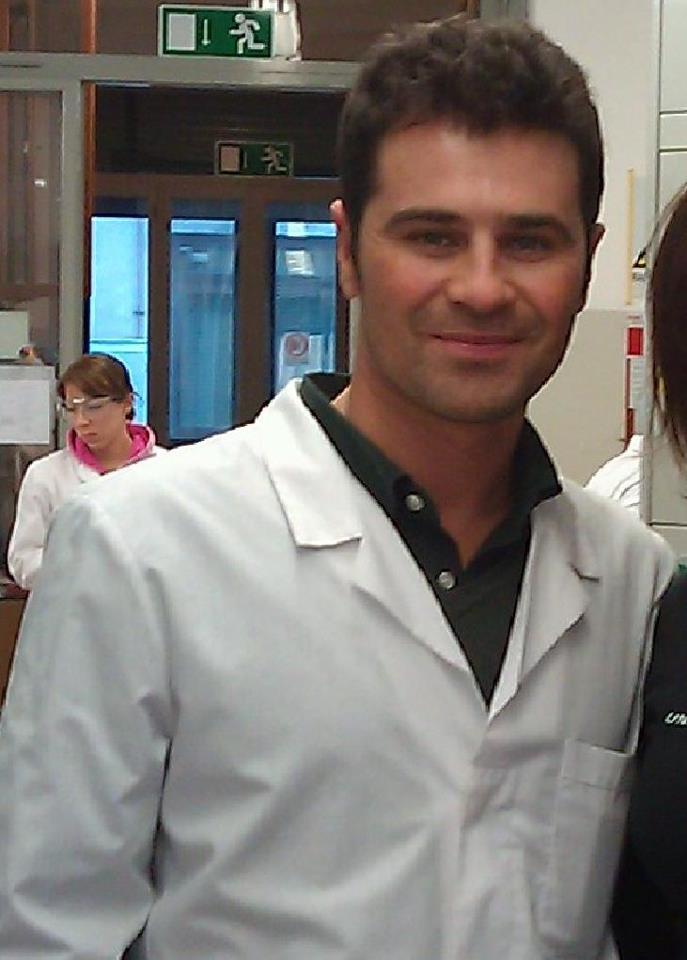
Alberto Coelho
University of Santiago de Compostela, Spain
Title: 3D Printing in chemistry: Development of monolithic heterogeneous 3D-catalysts for solution phase chemistry in drug discovery
Biography
Biography: Alberto Coelho
Abstract
The application of efficient catalytic processes instead of stoichiometric ones is a main requirement for a sustainable and environmentally friendly chemistry. Developing hybrid heterogeneous catalysts with multiple active sites, as well as designing sequential reactions using multiple catalysts in the same reaction vessel with eco-friendly conditions are ambitious challenges to achieve the objectives mentioned above. Shape and size are key aspects in the design of heterogeneous catalysts. However, integration of micro and macroscopic properties in the design of new devices and three-dimensional shape defined catalysts is an aspect barely explored so far. 3D printing technology offers the key advantage of the fabrication of threedimensional physical objects from a digital model, taking a virtual design from computer aid design (CAD) software and its reproduction layer by layer until the physical definition of the layers gives the designed product. In addition, 3D printing can make a significant impact in the field of the chemical synthesis and catalyst manufacturing, in particular because the easy and economy which 3D-printers currently available permits a broad spectrum of materials to be printed, including solutions of comparatively low viscosity. The application of 3D-printed devices, appropriately modified on the surface, to perform complex catalytic processes such as multicatalytic multicomponent reactions (MMCRs) is a field nothing explored at all. In this work, we address the different chemical strategies for the appropriate functionalization of ceramic materials obtained by 3D-printing, as well as the combined

